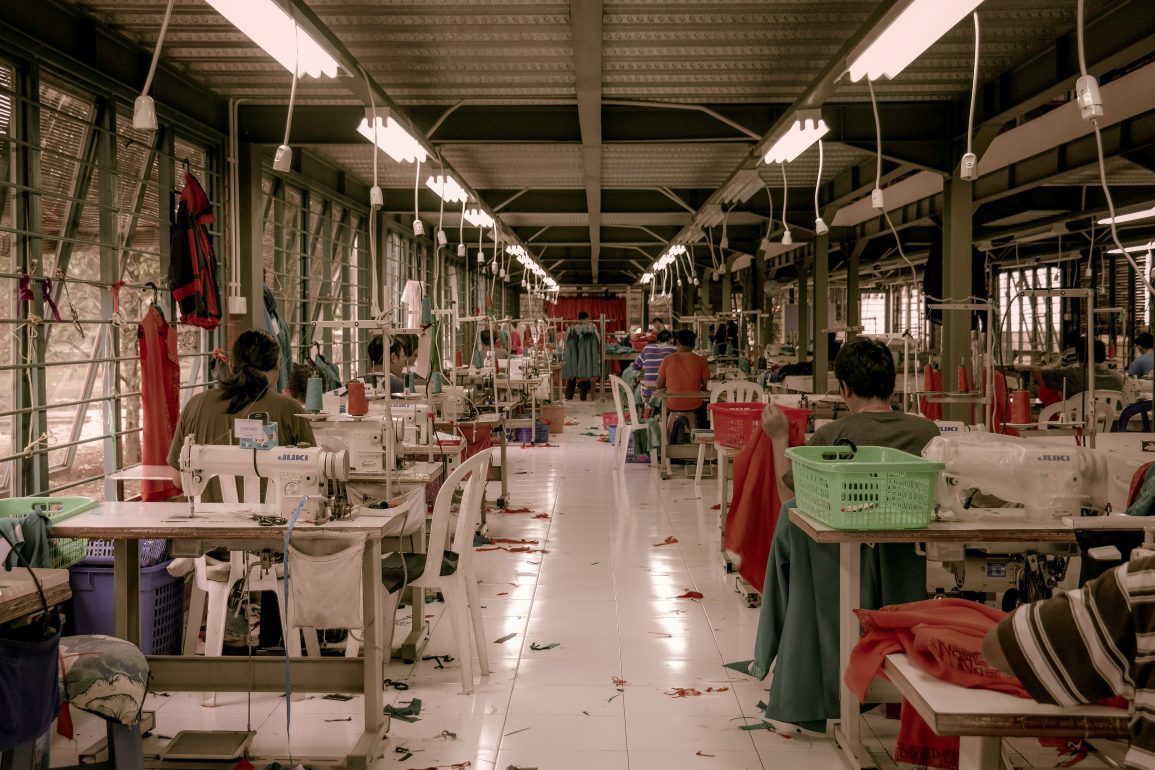Today’s weather in the fashion industry remains cloudy, with a heavy overproduction storm looming on the horizon. Estimates suggest between 80 billion and 150 billion garments are produced annually, with 10% to 40% left unsold, resulting in a massive pileup of waste.
This unsold stock is like a dark cloud, casting a shadow over efforts to reduce the industry’s carbon footprint.
A recent campaign, Speak Volumes, launched by the Or Foundation, seeks to clear the air by encouraging transparency in production volumes.
So far, 32 small to medium businesses have disclosed their production data, but major industry players remain silent, adding to the uncertainty.

In Accra, Ghana, the Kantamanto market sees around 40% of imported textiles end up as waste, prompting calls for a 40% reduction in new clothing production over five years.
The overproduction storm is driven by factors like minimum order requirements, fast retail cycles, and a fear of missing sales, leading to excess that is neither sold nor needed.
While some tech solutions, such as AI-driven demand predictions and made-to-order models, show promise, they have yet to gain widespread adoption. Overproduction remains a systemic issue, fueled by a manufacturing system that rewards volume over sustainability.
Brands continue to manufacture demand through aggressive marketing, creating a cycle of overproduction and overconsumption. Unless significant changes are made, the industry’s emissions are expected to double within the next decade.
Pending European legislation on extended producer responsibility (EPR) offers hope, but experts argue that the proposed financial levies must be substantial to make a real impact. The forecast calls for rapid and radical changes in production and consumption to avoid an environmental disaster.

